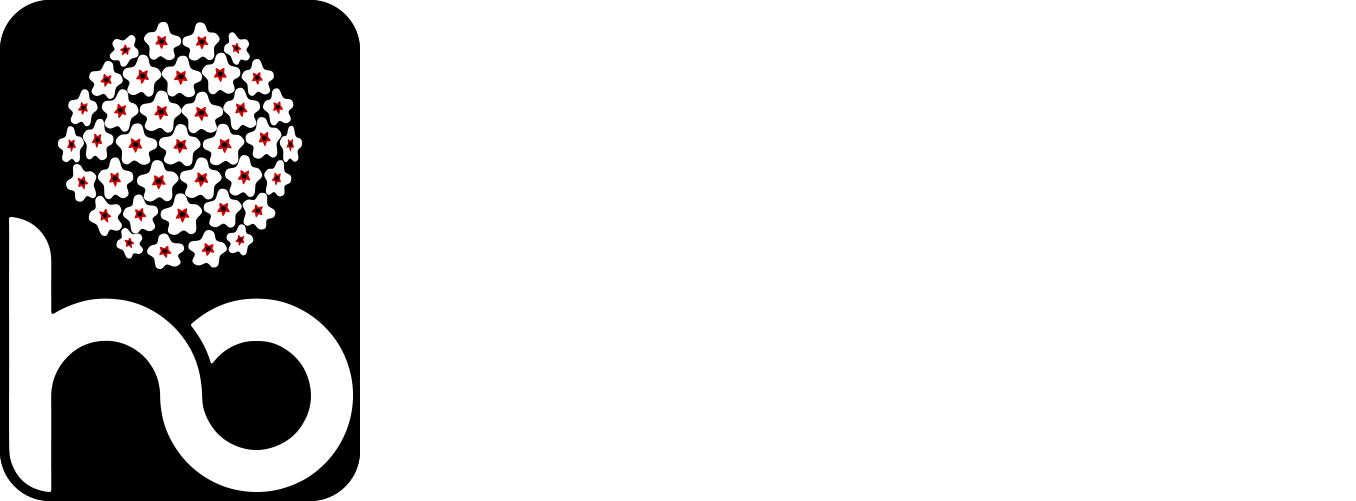
Hoya Blashernaezii
The uncommon Hoya blashernaezii was found on the island of Catanduanes, which is close to Luzon. It was named by the American botanist and Hoya expert Dale Kloppenburg (born 1921) in honour of its discoverer, the Philippine laboratory technician and plant collector Blas Hernaez. Umbels of 20–30 solitary flowers, which have a one–week lifespan, are how flowers are arranged. The blooms typically have no scent. The tropical climber is regarded as a low-maintenance plant with excellent temperature tolerance. Hoya blashernaezii needs high humidity and bright light, but not direct sunlight. Hoya blashernaezii is a member of the Apocynaceae family of dogbanes and contains a white and milky sap that can irritate the skin and leave behind stains.
The Hoya blashernaezii has two notable subspecies. Flowers of the subspecies siariae have a cup-like shape, measure 1.2 cm in diameter, and are entirely yellow with an odd, nearly transparent pink crown for the siariae. An umbel might have anything from 10 to 25 blooms. The flowers only bloom for a few days.
The blooms of blashernaezii ssp valmayorianas have the same colours as those of siariae, but they are reflexed rather than cup-shaped.
This collection is empty
Continue shopping
Specifications:
Scientific Name:Hoya blashernaezii
Origin: Luzon
Family: Apocynaceae
Genus: Hoya
Plant type: Vining epiphyte
Flower: Dark pink, golden and reddish flowers with a yellow center
Hoya blashernaezii Detail

Light Requirements:
- Hoya blashernaezii likes at least 4-6 hours of diffused natural light, while it can grow under intense indirect light (ideally 6 hours).
- If growing Hoya blashernaezii outdoors, choose a location that receives morning light that isn't too harsh and afternoon shade for the majority of natural light. The areas of your garden that face east will receive more morning sun.
- If cultivating inside, plant close to an East-facing window that will provide morning sun for most of the day and afternoon shade. For diffused light, you can also think about positioning a few feet away from a South-facing window.
- Keep in mind that placing plants in direct sunlight from a South-facing window will stunt development and cause leaf scorching.

Temperature Requirements:
- Hoya blashernaezii grows best in 40-50 F. Anything below the required temperatures will cause this hoya to start dropping leaves.
- It is recommeded to use heating pads and artificial lights in winters to aid your hoya’s growth.
- Additionally you can maintain your house termostat or place your hoya in the kitchen or bathroom, since these are the most warm rooms in a house.

Humidity Requirements:
- Rare hoyas usually have higher humidity requirements than other hoyas. It maybe because they have not developed the tolerance to lower humidity levels. Hoya Blashernaezii grows best in a humidity range of 50-70%.
- You can use a humidity dome on top of a pebble tray to maintain optimum humidity levels.
- Additionally you can use a humidifier to maintain constant humidity levels. The plant requires constant humidity levels for blooming; in this case a humidifier is ideal.

Watering Requirements:
- Water needs for Hoya blashernaezii are average. Between waterings, you should let the top few inches of soil dry out.
- As a general guideline, you may need to water your Hoya blashernaezii ' once a week, depending on where you planted it and how much light it receives.
- You may always use your finger or thumb to check the soil's wetness if you're growing indoors or in a container. Place it in the ground; if it seems dry, you should probably water your hoya.
- To prevent your Hoya blashernaezii from being overly damp, pot selection is also crucial. Choose a pot with lots of drainage holes so that any extra water can drain away rather than collecting at the bottom of the pot.

Soil Requirements:
- Choose a potting mixture that drains well. Please be aware that the potting soil shouldn't dry up so rapidly that your plant doesn't receive the moisture it need after watering.
- You may create your own well-draining potting mix. Potting soil, coco coir, and perlite can make an ideal home-made mix.
- Another option is to mix potting soil with orchid bark in a 1:1 ratio. You can also mix two parts peat moss with one part perlite.

Fertilizing Requirements:
- Rare hoyas are slow growing and are not heavy feeders. Once a month fertilizing with a general-purpose fertilizer is enough. Ensure it is diluted it to half strength first.
- A fertilizer with a high nitrogen concentration is sufficient to ensure healthy foliage.
- If the plant is in bloom, switch to a feed that includes a high-phosphorus 5:10:3 ratio. Phosphorus aids blooming during the growing season.
FAQ
Use this text to share information about your product or shipping policies.
Do you ship overseas?
Yes, we ship all over the world. Shipping costs will apply, and will be added at checkout. We run discounts and promotions all year, so stay tuned for exclusive deals.
How long will it take to get my orders?
It depends on where you are. Orders processed here will take 5-7 business days to arrive. Overseas deliveries can take anywhere from 7-16 days. Delivery details will be provided in your confirmation email.
Any question?
You can contact us through our contact page! We will be happy to assist you.


